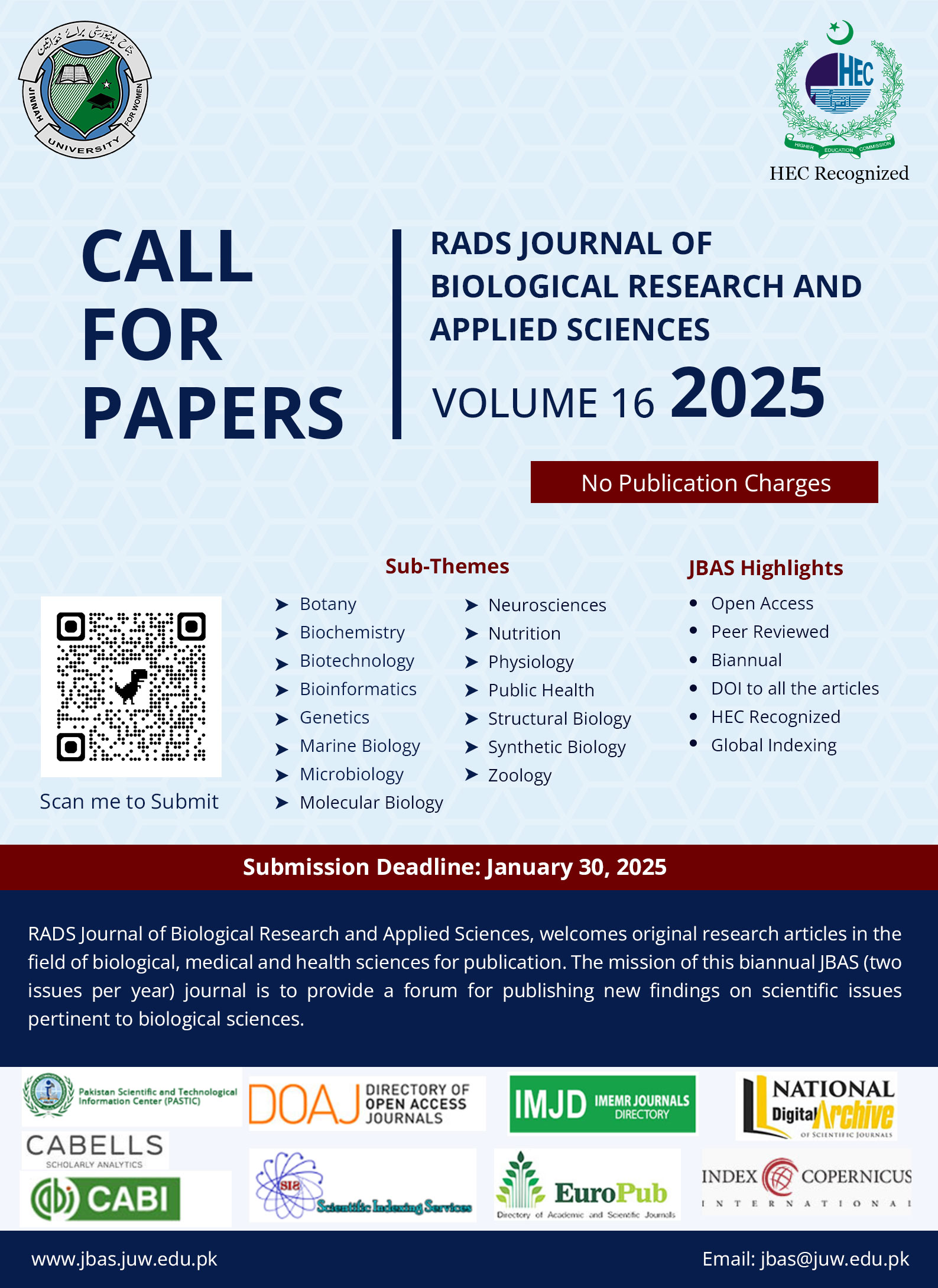A Study of Bacterial Profiling on Currency Notes and Coins
Keywords:
Bacterial Profiling, Currency, Health HazardAbstract
Paper currency notes and coins act as fomite, containing microorganism on their surface which is transferred from one person to another. Currency notes and coins are heavily contaminated by microbes, playing a chief role in the spread of microorganisms which include normal saprophytic micro flora to pathogenic microorganisms. Accordingly, several studies demonstrated the fact that currency notes has been identified as one of the principal vehicle that convey pathogens which lead to specific health hazard to community. A number of sources that may contribute to currency contamination include counting machine, atmosphere, during storage, usage, managing and production. For the undertaken research, a total of 12 samples were collected from different sources from public sector. Microbial analysis was performed by serial dilution conducted in TSB broth and the inoculated cultures transferred into the selective agar medium. Isolation and identification of bacteria was performed by gram staining, colonial morphology and biochemical characteristics. The current study revealed that the frequency of microorganisms recovered from currency as 66.66% E.coli, 33.33% Shigella spp and 100% was S.aureus. Antimicrobial susceptibility test performed for the confirmation of bacterial isolates. These all isolates are associated with potential infection. Currency notes and coins identified as a prospective health danger because pathogen would spread through circulation of notes and coins. By the help of personal hygiene standards we can reduce the risk of potential bacterial infection.


















